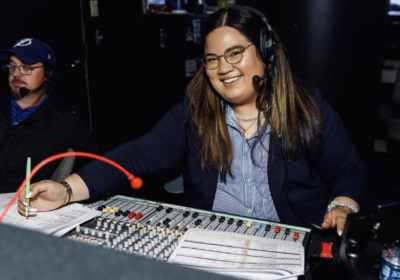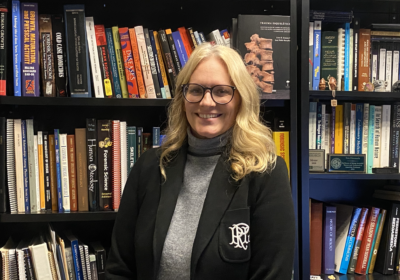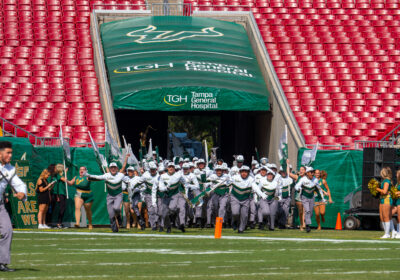Cultural exchange with China ends in Confluence

The art of dance has proven to be a powerful medium for conveying emotion. Dance is considered a universal language, one that scales the linguistic barrier and brings people closer together.
Four faculty members and 12 dancers from Beijing Normal University (BNU) arrived in Tampa last Friday to take part in a weeklong cultural exchange program with DanceUSF.
Sunday, they held their first improvisational performance.
“Everyone has their own style,” Jaqui Dugal said. “It was great to see them move, and us, together.”
The senior dance major took part in Sunday night’s improvisational dance meeting between the two universities. The dancers played a game to learn each other’s names, then dove right into the dancing.
“It was really beautiful,” Dugal said. “I think everyone had good connections.”
In 2012, two faculty members from the USF School of Theatre and Dance traveled to China with the hopes of developing a cultural exchange program with BNU.
Marc Powers, the director of the School of Theatre and Dance, and dance professor Jeanne Travers collaborated with BNU to form the exchange program.
Travers taught dance classes at BNU that year, and was invited back to China in 2014 for the BNU International Creative Dance Seminar by Associate Dean of BNU School of Art and Communications, Xiangrong Xiao.
When Xiao visited USF in 2014, he entered into an official exchange program with Powers. The years of negotiations and communication between BNU and USF will reach climax this Friday when the two universities present Confluence: Dancing Across Cultures at 8 p.m. in Theatre 1.
“There are amazing dancers at USF,” Xiao said. “They are very concentrated and engaging, especially last night as I was training their concentration. They were very professional and mature.”
Confluence will combine the many different styles of modern and traditional dance embraced by both universities. Two collaborative dances between USF and BNU dancers will take place during the show. Travers and BNU professor Xiaoni Chang, together with Xiao, are each choreographing one of the collaborative dances.
The concert will include a classical Chinese dance number as well as two modern works. Two USF professors are contributing pieces, as well as three DanceUSF student-choreographed pieces. Over 70 dancers will take the stage Friday.
“When I look out at everybody, I see the way the dancers influence each other,” Travers said. “You see them looking at each other and being curious and wanting to learn from each other. That’s what I’m observing, looking at the differences and ways in which the students can observe and really learn something from one another.”
Travers said she came up with the concept for Confluence because the coming together of BNU and USF reminded her of a river crossing or bridging between USF and BNU.
“Although there is a big language barrier, it didn’t create any kind of obstacle for them to communicate with USF dancers in or outside of class,” Han Qi said.
Qi is one of the twelve dancers from BNU who will perform at Confluence. Zonglin Li, another BNU senior and dance major, will perform as well.
“I was really impressed with the confidence and bravery of USF dancers,” Li said. “I thought before coming to the U.S. that I would be really shy in class but I came here and although there was a language barrier, it didn’t stop us from being friends.”
The bond between USF and BNU defies the often divisive cultural barriers associated with driving a wedge between countries. When Confluence hits the stage Friday, the 550 seats of Theatre 1 will bear witness to a different type of language, one without words.
Xiao has invited DanceUSF to China in October for another rendition of Confluence at BNU.
“I believe communication between schools represents two generations from two different cultures,” Xiao said. “I think different nationalities and politics are all the past tense, only the new generations are present, and will become the future tense.”






